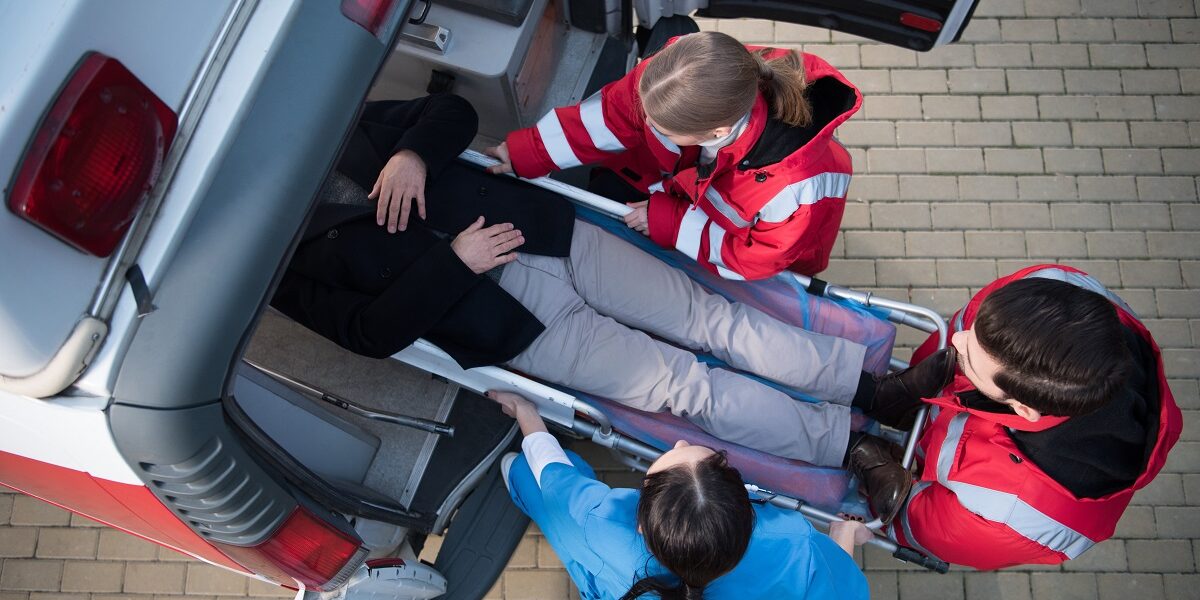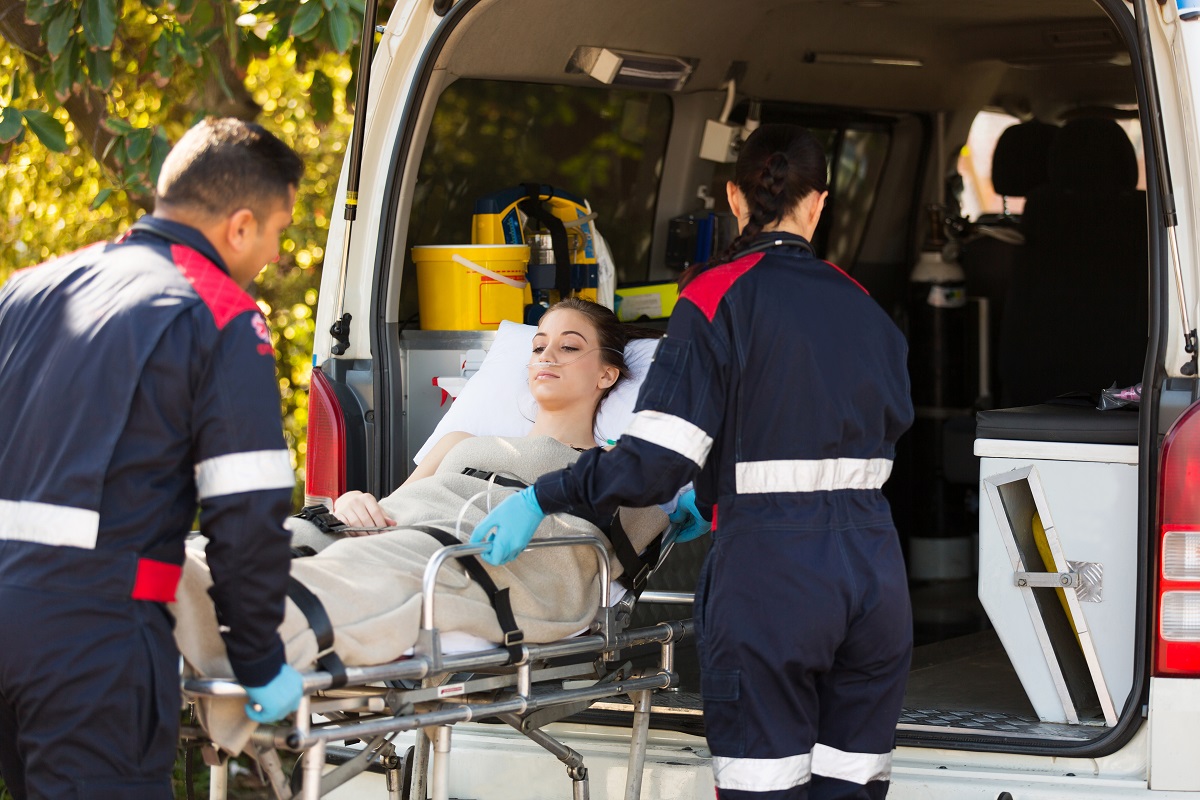Stretchers are an item of medical equipment used to transport patients or injured people to another location to receive medical treatment. Stretchers can be used to transport patients to an ambulance, and from the ambulance into the hospital or medical facility.
There are different kinds of stretchers designed for different scenarios, and sometimes more than one stretcher will be used throughout a rescue or transport of a patient.
Let’s take a look at different types of stretchers and their uses in an emergency.
The role of stretchers in an emergency
In the event of an emergency such as a rescue, accident or serious injury, stretchers are useful for transporting the injured person in a secure way which minimises the chance of exacerbating the injury.
Emergency medical services such as search and rescue and ambulance use particular stretchers suited to the situation – such as rescues in confined spaces, vertical lifting of an injured person, or traversing rough terrain.
During an emergency, time is vital. Stretchers are designed to be simple and quick to use so that the injured party can get help as soon as possible, improving the outcome for their survival and recovery. Oftentimes different kinds of stretchers will be used within one emergency scenario to improve efficiency of transporting the patient.
 How stretchers minimise the chance of further injury
How stretchers minimise the chance of further injury
Even the most basic type of stretcher is designed to keep the injured person still and secure, minimising the chance of them coming into further injury as they’re transported to a medical facility. Stretchers are usually fitted with restraints to ensure patient safety, and to mitigate the risk of falling.
Using the correct stretcher is important where possible. This means the patient can be transported in a way that is mindful of their injury to avoid making it worse – for example, a spinal board for someone with a suspected spinal injury.
Modern stretchers used in emergencies are often fitted with features to reduce the manual lifting required of responders, which can help reduce the chance of a responder injuring themselves during a rescue or recovery of a patient.
Tips for safe stretcher use
In an emergency situation, it’s important that the patient can be moved safely and securely. Here are some tips to ensure safe use of a stretcher in an emergency situation:
- Use patient restraints if the stretcher is fitted with them.
- Be aware of the weight limit. Different types of stretchers have different weight capacity limits. For example, a foldable and flexible stretcher likely won’t be able to support as much weight as a stretcher trolley on wheels. For heavier patients, the use of a different stretcher may be necessary.
- When operating stretchers with legs, such as hospital stretchers or those found in an ambulance, ensure the legs are properly engaged to prevent a sudden collapse.
- Ensure the braking device is working and applied to wheeled stretchers.
- Be aware of rough terrain. Spending a few extra seconds to go carefully is better than rushing and potentially tipping the stretcher.
- Follow manufacturer’s guidelines for all modern stretchers.
- Push the stretcher with the patient’s feet first, rather than head first.
Types of stretchers and their uses
Ambulance stretchers
Most types of ambulance stretchers have wheels to reduce the amount of lifting required in transporting a patient, and to ensure the patient can be moved at a faster speed than manually carrying the stretcher.
With big wheels, ambulance stretchers are designed to handle well on rough terrain, which is important when transporting an injured person. Wheeled stretchers have the added benefit of a heavier load capacity, and may be managed with only one person operating it.
Portable stretchers
Folding stretchers are easily portable and extremely versatile. Portable stretchers, being flexible and compact, are often used in rescue situations within tight spaces.
Foldable stretchers, like emergency pole stretchers, often have a carry bag for convenience when not in use, and are made to be lightweight. These sort of rescue stretchers often have a slightly lower weight capacity than a more structured stretcher, such as emergency stretchers used in an ambulance.
Basket stretchers
Emergency types of stretchers for difficult or rough terrain include basket stretchers. These are designed to be used in challenging rescue conditions, such as in mines and at altitudes, as they allow for vertical lifting. Basket aviation stretchers, such as a titan basket stretcher, are made from sturdy materials which can withstand wear and corrosion.
Spine board stretchers
Spine boards are commonly used to stabilise a patient that has a suspected spinal injury. Spine boards are designed to firmly keep the body of the injured person in place to reduce the chance of further injury.
Spine boards are often used to transfer an injured person to a medical stretcher, such as those on board an ambulance.
Plastic spine board stretchers are lightweight and strong, with handles around the sides to allow for lifting by several responders.
Stair chair stretchers
Stair chair stretchers are designed to glide over a staircase to allow safe transport of an injured person up or down stairs. Stair chairs have great manoeuvrability in tight spaces.
Stretchers for different emergencies
Find out more about the different types of stretchers and their uses at LFA First Response. Not all stretchers are suitable in every situation, and we stock a range of stretchers, including collapsible stretchers and wheeled stretchers. Get in touch with us for obligation free advice today.



 How stretchers minimise the chance of further injury
How stretchers minimise the chance of further injury






